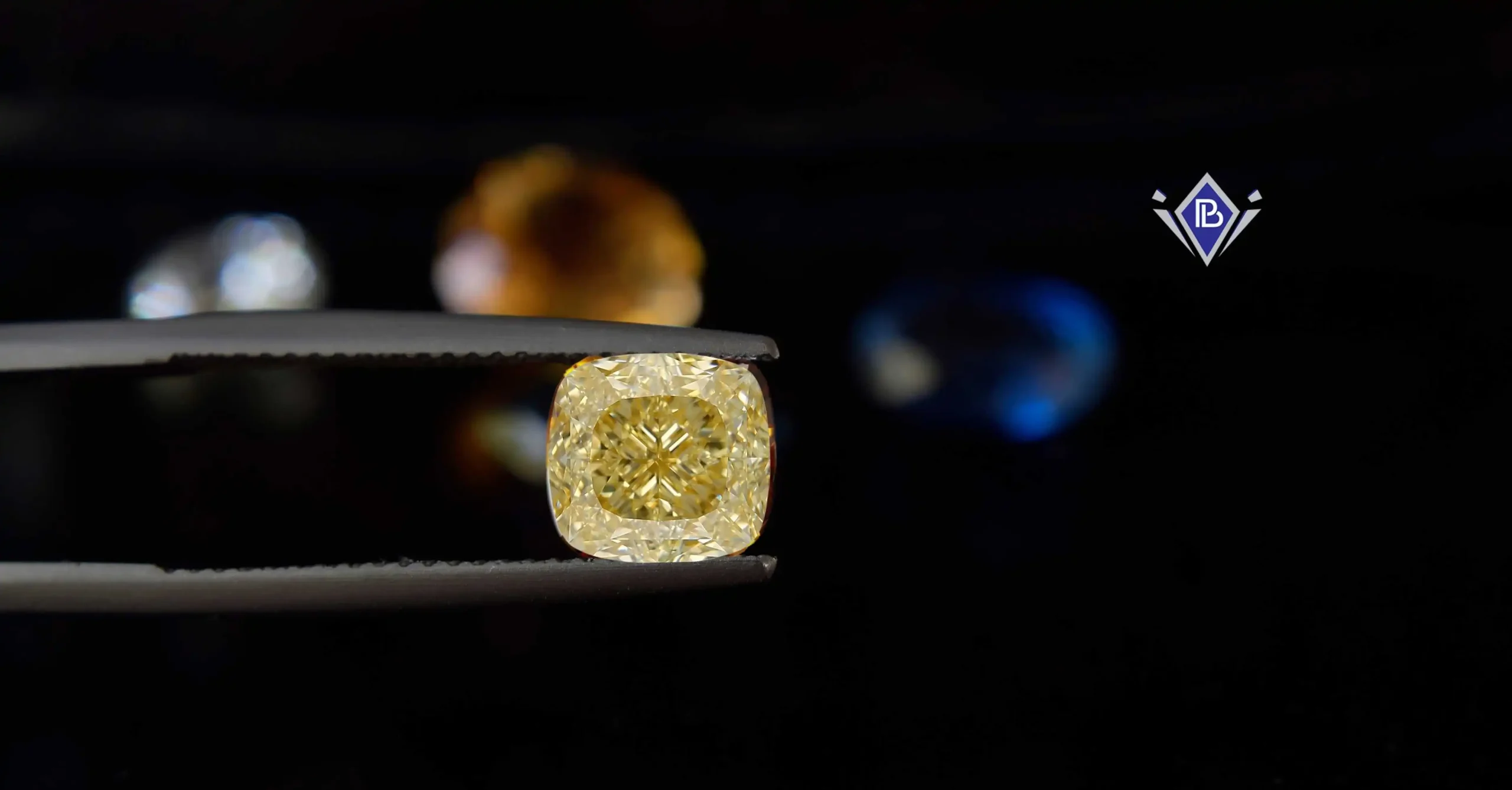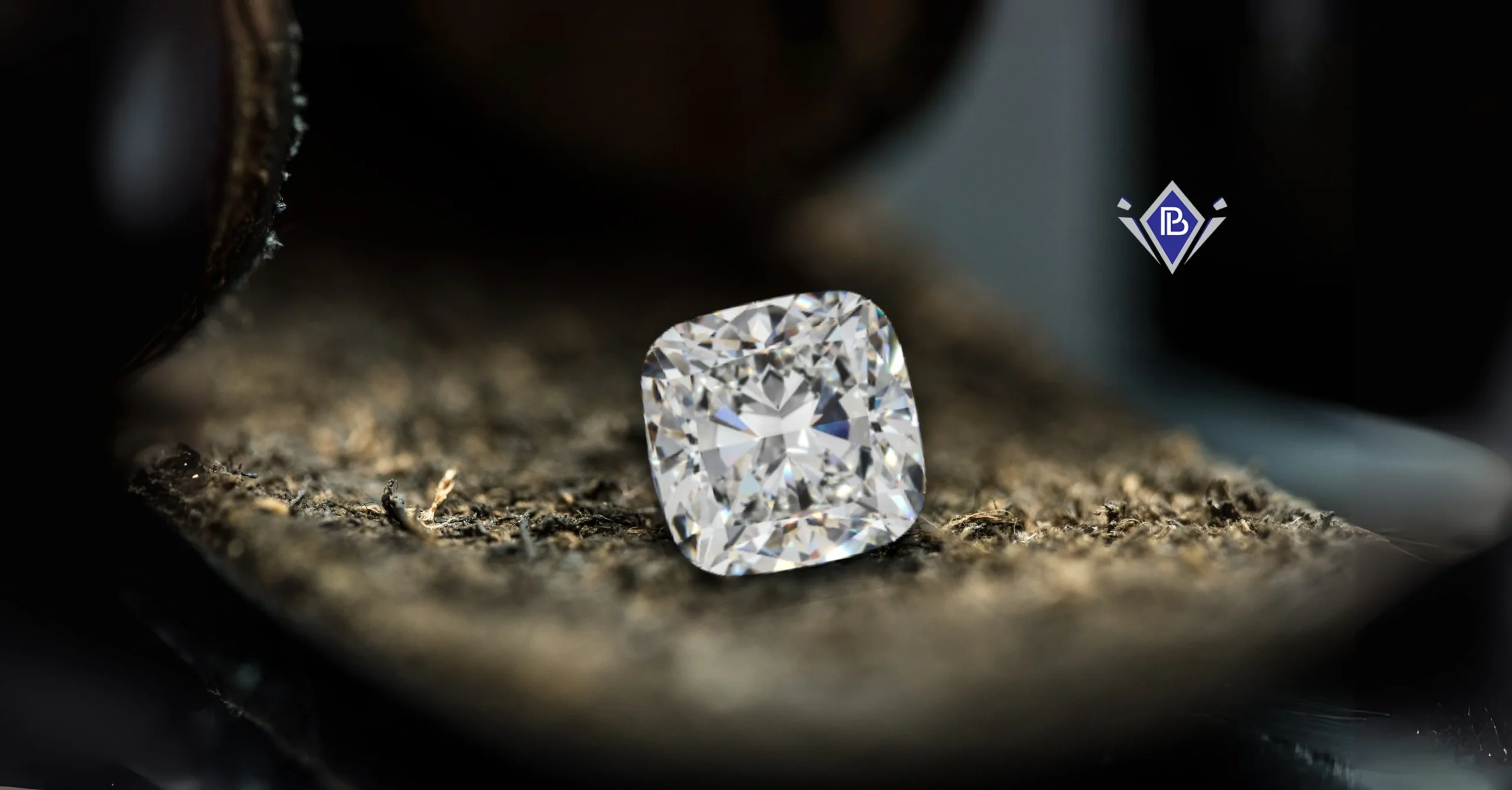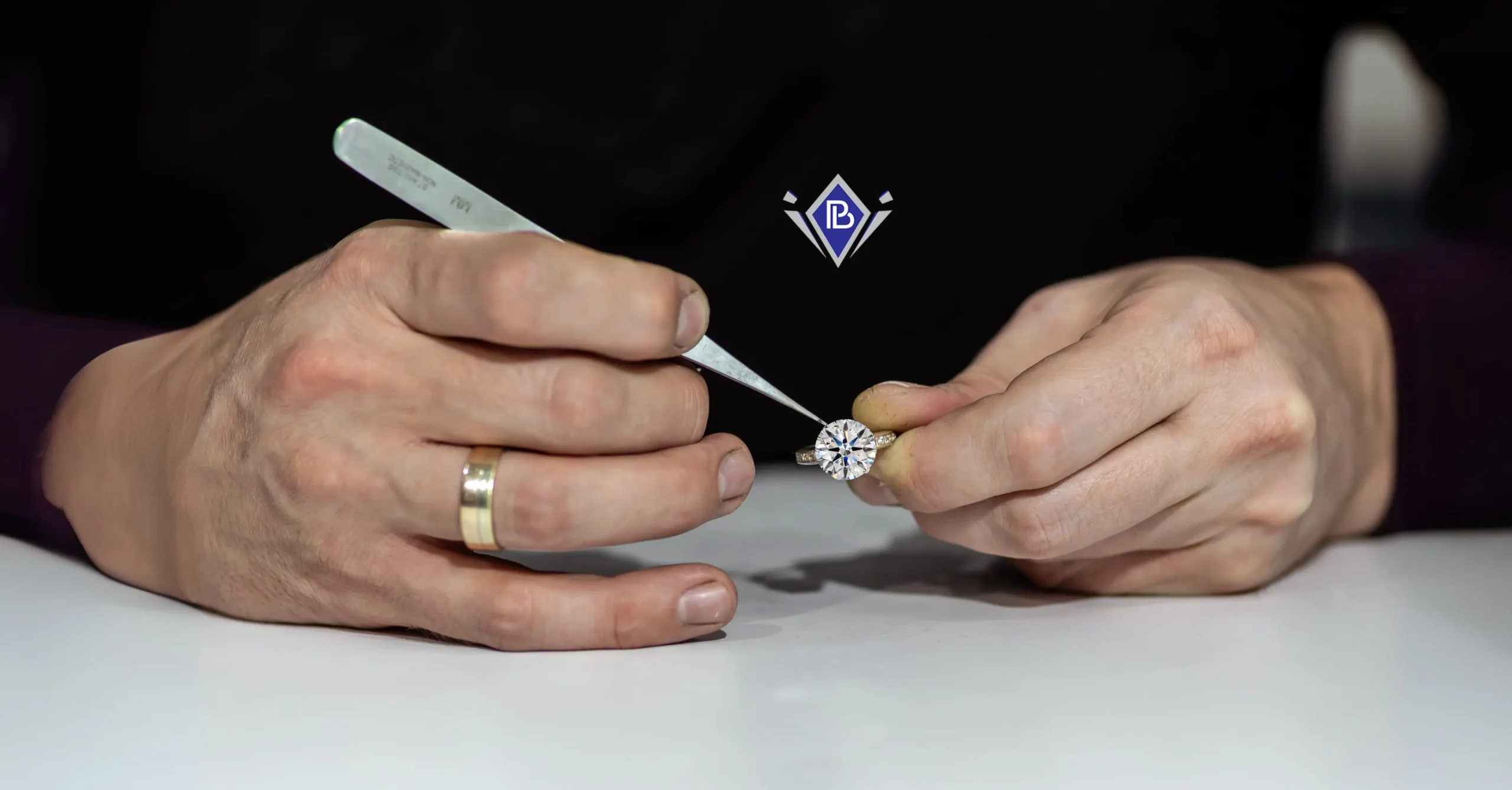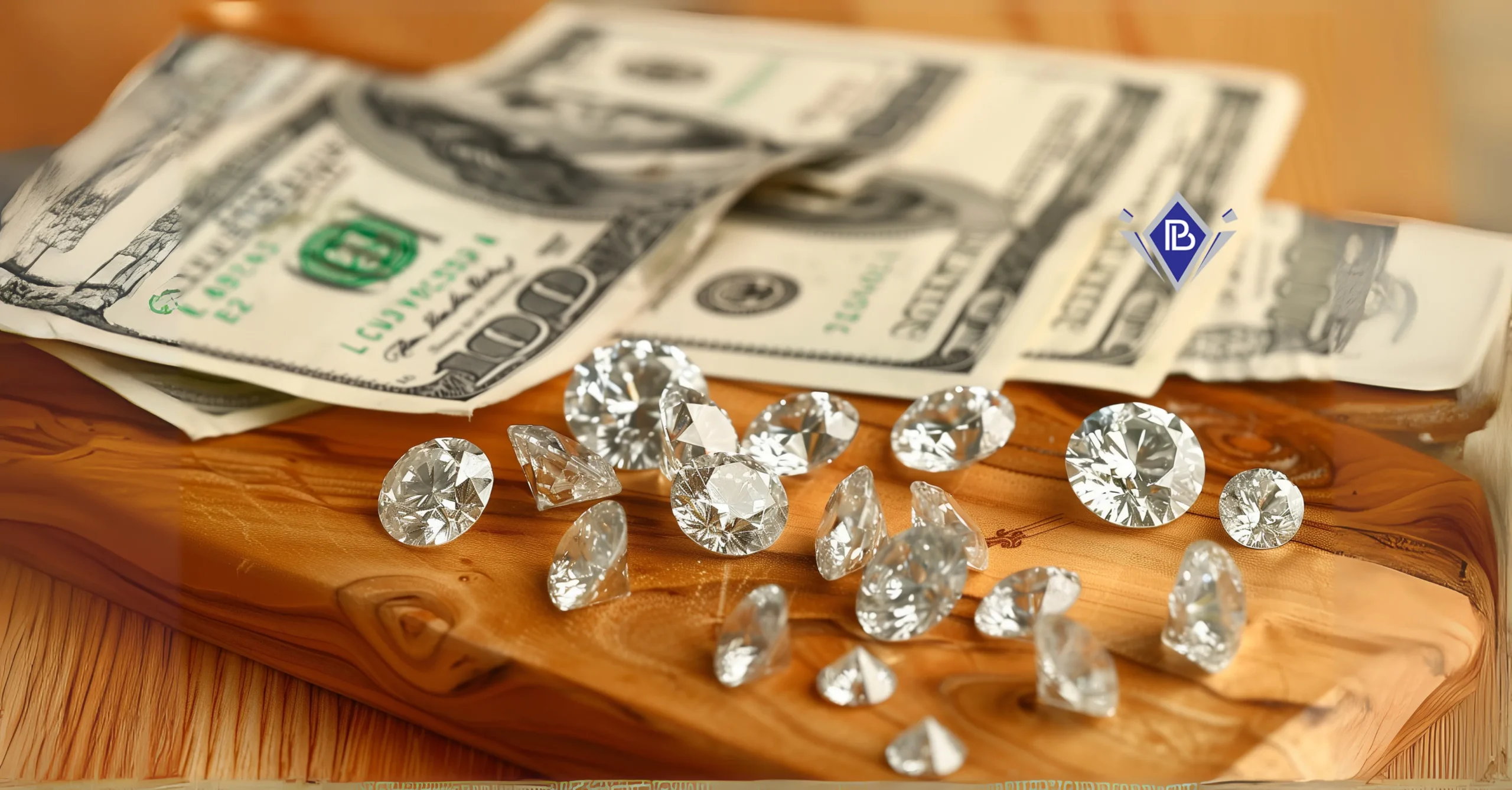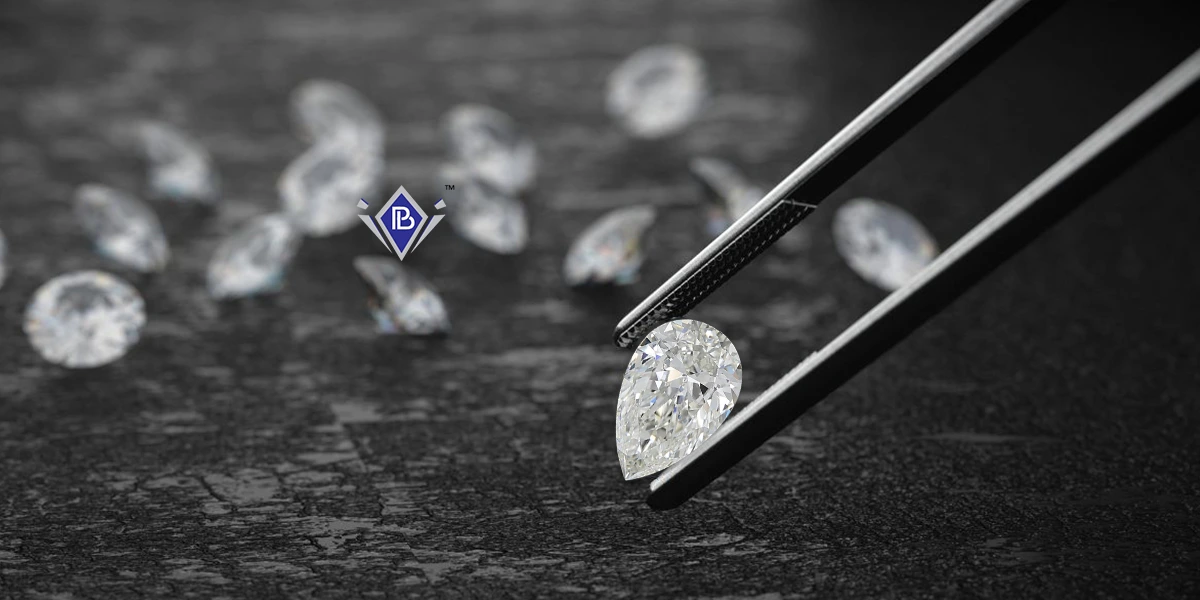10 Things Every Diamond Dealer Must Know to Manage Market Fluctuation
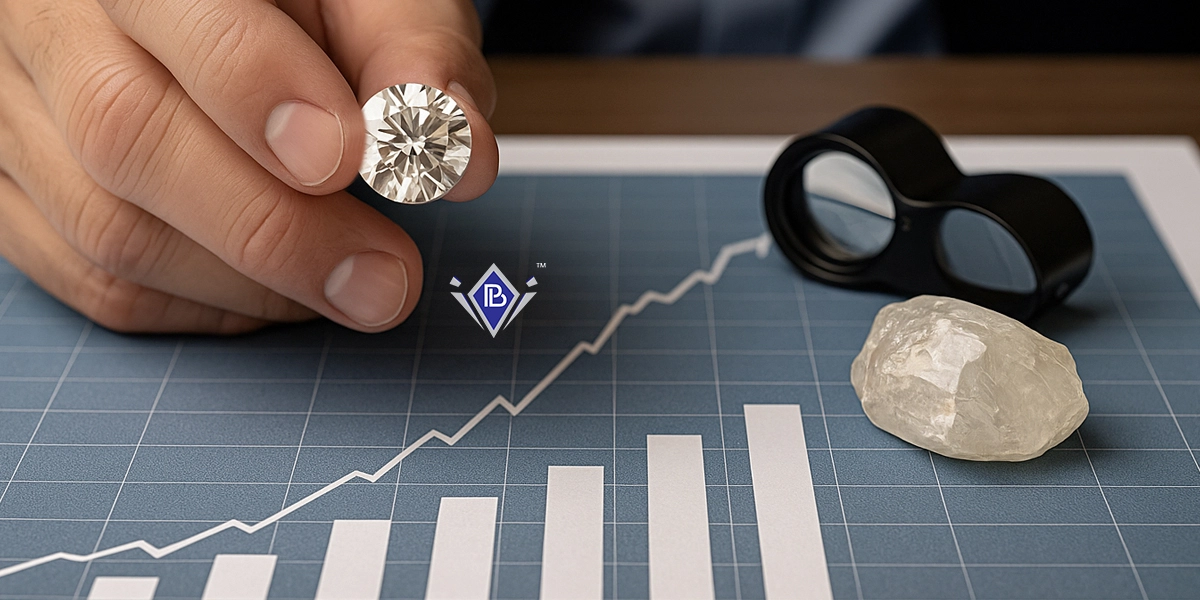
In today’s changing economy, diamond dealers face an increasingly volatile market. Bain & Company estimates that global diamond sales varies by 20% between 2020 and 2022.
Changing buyer behaviour, economic policy, and global events continues to influence pricing and demand. Navigating such market volatility needs a structured approach, strategic awareness, and industry insight in addition to business instinct.
This blog lists 10 fundamental ideas every diamond dealer must adopt to not only survive but thrive in market fluctuations. Every insight helps dealers to prepare, adapt, and develop regardless of the market’s future.
1. Understand the Market Drivers Behind Fluctuations
Market volatility is hardly random. Tangible factors such as inflation, interest rate changes, foreign exchange dynamics, political unrest, and changes in global luxury trends drive it.
Diamond dealers who consistently track these indicators can predict dips and peaks in demand. Trade journals, financial news, and gemstone market reports among other reliable sources provide insightful analysis.
Early identification of these trends helps you to set your company to act rather than react, hence maintaining your pricing and sourcing competitive.
2. Build and Maintain Strong Supplier and Client Relationships
Relationships are your greatest asset in a changing economy. Long-term suppliers give you better payment terms and prioritise your orders when stock is low.
Likewise, loyal customers offer recurring business even when market conditions decline.
By building trust through consistent quality and communication, diamond dealers create a buffer against sudden disruptions. When outside factors are out of your control, relationship equity turns to be a source of stability.
3. Diversify Your Inventory Carefully
Relying too much on one kind or grade of diamond could be risky. The decline of one market segment can affect all of your income.
Rather, keep a balanced mix of high-turnover pieces, investment-grade diamonds, coloured stones, and classic cuts. Diversification gives consumers more options as well as protection for your company during downtrends.
This adaptability can enable you to seize more demand even when consumer preferences change rapidly because of market volatility.
4. Use Real-Time Pricing and Analytics Tools
Traditional pricing strategies sometimes fail to deliver in market fluctuation. Diamond dealers now benefit from AI driven analytics tools and live pricing offering up-to-the-minute values.
When market fluctuation hits, being able to adjust prices in real time is a competitive advantage. It also prevents revenue loss due to undervalued stock or poor sales from overpriced pieces.
5. Stay Aligned With Consumer Trends
Modern buyers are evolving. Ethical sourcing, sustainability, and lab-grown diamonds are no longer specialised; they are now common. These trends are changing the diamond industry.
Dealers who provide traceable diamonds or environmentally friendly alternatives and who adjust to client mood stand out. This not only builds consumer loyalty but also protects your company from negative market forces.
6. Increase Digital Footprint
The diamond market of today reaches well beyond physical stores. Active online presence, SEO-optimized product listings, and interesting social media content can drive traffic regardless of external economic conditions.
When market volatility affects in-store visits then digital channels help maintain visibility and lead generation. An e-commerce-ready website ensures you remain accessible to both B2C as well as B2B customers.
7. Prioritise Financial Liquidity and Agile Operations
When markets fluctuate, liquidity is essential. Keep a slim operating model and avoid overstocking in uncertain times. Having cash on hand lets you grab opportunities, such as discounted stocks from distressed sellers.
Being flexible in your operations allows you to rapidly pivot depending on real-time market feedback, hence enhancing resilience amid market volatility.
8. Train Your Team for Market Responsiveness
A knowledgeable team benefits the business. When sales staff understand market dynamics, they convey more value to hesitant consumers. They turn into advisors rather than just sellers.
Invest in client communication, trend research, and negotiation-focused training courses. This professional growth guarantees that your team can operate under any market condition.
9. Conduct Regular Performance Reviews and Adapt Fast
What worked last year might not work today. Monthly or quarterly business analyses help to find bottlenecks, highlight developing trends, and change as needed.
Useful information comes from KPIs such as gross margin, client retention, and stock turnover. Being data-driven allows you to implement modifications early. When market fluctuation intensifies, those who adapt quickly often outperform those who stay rigid.
10. Participate Actively in Trade Communities and Industry Events
Staying connected to the larger diamond community is priceless. Forums, seminars, fairs, and associations provide networking, cooperative possibilities, and real-time information.
Many dealers learn early warnings of market change from peers before it shows in statistics. Community knowledge can sometimes be your first alert system and your greatest chance to remain ahead.
While market volatility is unavoidable, being unprepared is not. These 10 strategies enable diamond dealers to not only safeguard their company but also unlock new opportunities in the process.
In a fluctuating diamond market, resilience is still fundamentally based on agility, knowledge, and relationships.
